COMMONLY GROWN FUEL WOOD SPECIES
Sri Lanka is mainly based on agricultural and plantation economy by major rural population with tree planting culture. Farmers used to cultivate fuel wood species in their homestead and farms with or without a proper use to him. Fuelwood species have been planted for many other services instead of the purpose of fuel wood production. After recognizing the potential of such species and rising demand promoted with farmer, as fuelwood models.
Fuelwood growing models can be basically divided into two groups based on rotational length. Species having more than one year rotational length can be considered as Long Rotational Species (LRS). Fuelwood species grown for fuelwood production purpose in tea plantations are entirely exotic trees with 7 to 10 year rotation with the objective of fuelwood production. Same species also keep long years for the maturity to harvest as timber production objectives.
Srcs are grown in every agro-climatic region in Sri Lanka under different managements in plantations and agricultural systems. Services provided by such species in different systems are necessary for the success of such systems. Wider adaptability is the major character of such species and the result distribution of such species is wider than IRS and recognition depend on the species and place of distribution and service provided in a specific model. Plantations, homesteads, farmer fields, and naturally grown in road/stream sides are commonly seen in such species. The primary objective of planting such species in most of such places is not for fuel wood production and there are different services expected such as shade, green matter, support, fencing, and many more. Recent developments in environmental concerns and sustainability measures and increased demand in fuelwood for industrial utilization make fuel wood from SRCS in demand.
More than 450 000 plant species have been identified worldwide approximately 3000 of these are used by human as source of fuel wood, tools and other feed stocks. About 300 plants plant species have been domesticated as crops for agriculture, of these, 60 species are major importance. Any wood used as a fuel is called as fuelwood. Fuelwood may be in different form such as firewood, charcoal, chips, sheets, pellets, and sawdust End product characteristics of fuel wood such as specific gravity, calorific value and ash content are the key factors of the demand equation of fuel wood in the market. Some processing operations are taken place to manipulate properties of fuel wood for value addition and end product optimizing to suit in industry utilization.
There are specific characters those create species more attractive to use as a fuel wood species. Selection of species is based on the species potential as compared to other species, its performances at a tested site and for the kinds of quality of desired benefits produced. Only those species which are capable of meeting the desired production and other goals should be selected.
Growth refers vertical growth and increase of girth or diameter against time, results increased weight and/or volume. Fast growing species are the most suitable species for fuel wood production. Such species produce increased volume /weight of biomass within shorter period of time compared with other species under same environmental condition.
Wider adaptation refers species is distributed over wide range of soil and climatic conditions. Sri Lanka is an island has changing ecology resulted with 46 agro ecological regions. Widely adapted species are mostly preferable for fuel wood production in Sri Lanka.
It refers to the ability of a tree to fix atmospheric nitrogen. Nitrogen-fixing ability is an important aspect of the selection criteria of a fuelwood species as nitrogen is the major limiting factor of the tropical soil. Availability of nitrogen in particular soil heavily influences the growth rate of selected species hence nitrogen-fixing trees to have greater potential over other species in mass production.
This refers to the regeneration ability of a species with multiple sources such as seeds by direct sawing and vegetatively propagated by cuttings. There may be some other methods of propagation other than these two methods. Those regeneration methods need to be less complicated and easy, which is not demand complicated nursery methods.
Refers time required for maturity of fuel wood for harvesting. Shorter rotation is preferred in fuel wood plantations. Some instances shorter rotation species gives fuel wood distributed over time with greater volume/weight than other species.
This refers tolerance of species for pest and disease condition in the growing environment. Species selected with high resistance to pest and disease conditions are preferable as fuelwood species.
Some exotic fuelwood species have been planted in blocks for the purpose of fuelwood production in plantation industry to serve the fuelwood demand exist within the industry. Especially tea industry required fuelwood for tea processing and acres of fuelwood plantations have been established in tea plantations.
There were many species introduced to Sri Lanka in the 18th century by planters from Australia for the purpose of fuelwood production. Most of such species omitted from the common use and few species are presently use as block fuelwood plantations specially Regional Plantation Companies (RPCs). Some other species from imported exotics also available but not commonly used and there are trees scattered in home gardens and plantations. Following six species are still planted as fuelwood plantations in Sri Lanka. All species discuss below in block fuelwood plantations are in the same specification in planting and management styles also mostly similar.
This is most common fuelwood species planted in RPCs other than eucalyptus for fuelwood production purpose. This species more thrive in low country wet zone with good biomass yield and also available upcountry intermediate zone. Only drawback observed in this species is more prone to wind breaks and not suitable for planting in high wind areas. In block fuelwood plantations planting specification is 2.5 x 2.5 m results 1600 trees per hectare. This is most common fuelwood species planted in RPCs other than eucalyptus for fuelwood production purpose. This species more thrive in low country wet zone with good biomass yield and also available upcountry intermediate zone. Only drawback observed in this species is more prone to wind breaks and not suitable for planting in high wind areas. In block fuelwood plantations planting specification is 2.5 x 2.5 m results 1600 trees per hectare.
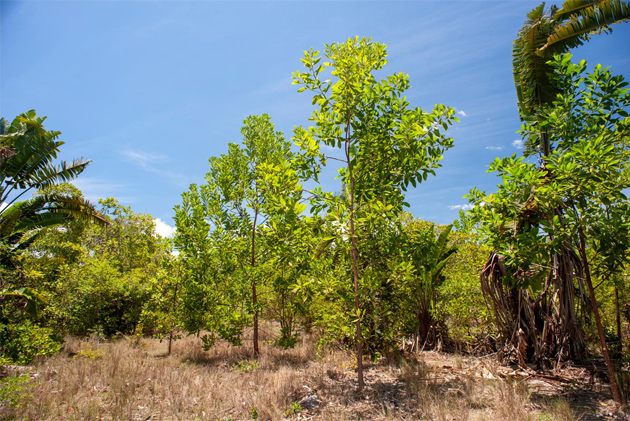
This species is mostly planted in dry and intermediate parts of the country by forest department of Sri Lanka. This tree merits large scale testing as a fuelwood species. It has the capacity to produce good fuelwood on poor soils, even in areas with extended dry seasons. Planting specification is same as above species. This species is mostly planted in dry and intermediate parts of the country by forest department of Sri Lanka. This tree merits large scale testing as a fuelwood species. It has the capacity to produce good fuelwood on poor soils, even in areas with extended dry seasons. Planting specification is same as above species.
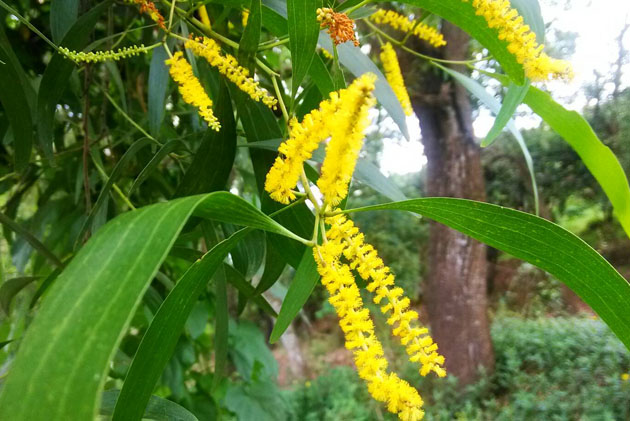
| SPECIES | DESCRIPTION |
|---|---|
| Eucalyptus grandis | Most common Block fuelwood plantation available in upcountry wet zone is Eucalyptus grandis. This species is commonly known as flooded gum or rose gum. Eu. grandis is fast growing tree, adapted to a wide range of soil types it is relatively disease free. The wood makes excellent fuel. This species is mainly planted in upcountry dry and intermediate zones. |
| Eucalyptus camaldulensi | This tree is good for fuel wood production in especially in dry and intermediate zone. This is the mostly planted tree in dry zone and intermediate zones by the forest department in it's forest plantation establishment plan in Sri Lanka. The tree will grow in many climates from tropical to subtropical. It has the ability to thrive on relatively poor soils and areas where dry seasons are prolonged. This tree can be considered as mostly planted tree in the world. But this species is not common in RPC block fuel wood plantations. |
| Eucalyptus torelliana | Eucalyptus torelliana usually grown in upcountry wet, intermediate and low country wet area as well. Which is grows usually same closer spacing with clear felling objective of 5 -10 year rotation. Non forest situation it could be also valuable for fuelwood production. |
| Lipsum | 500 |

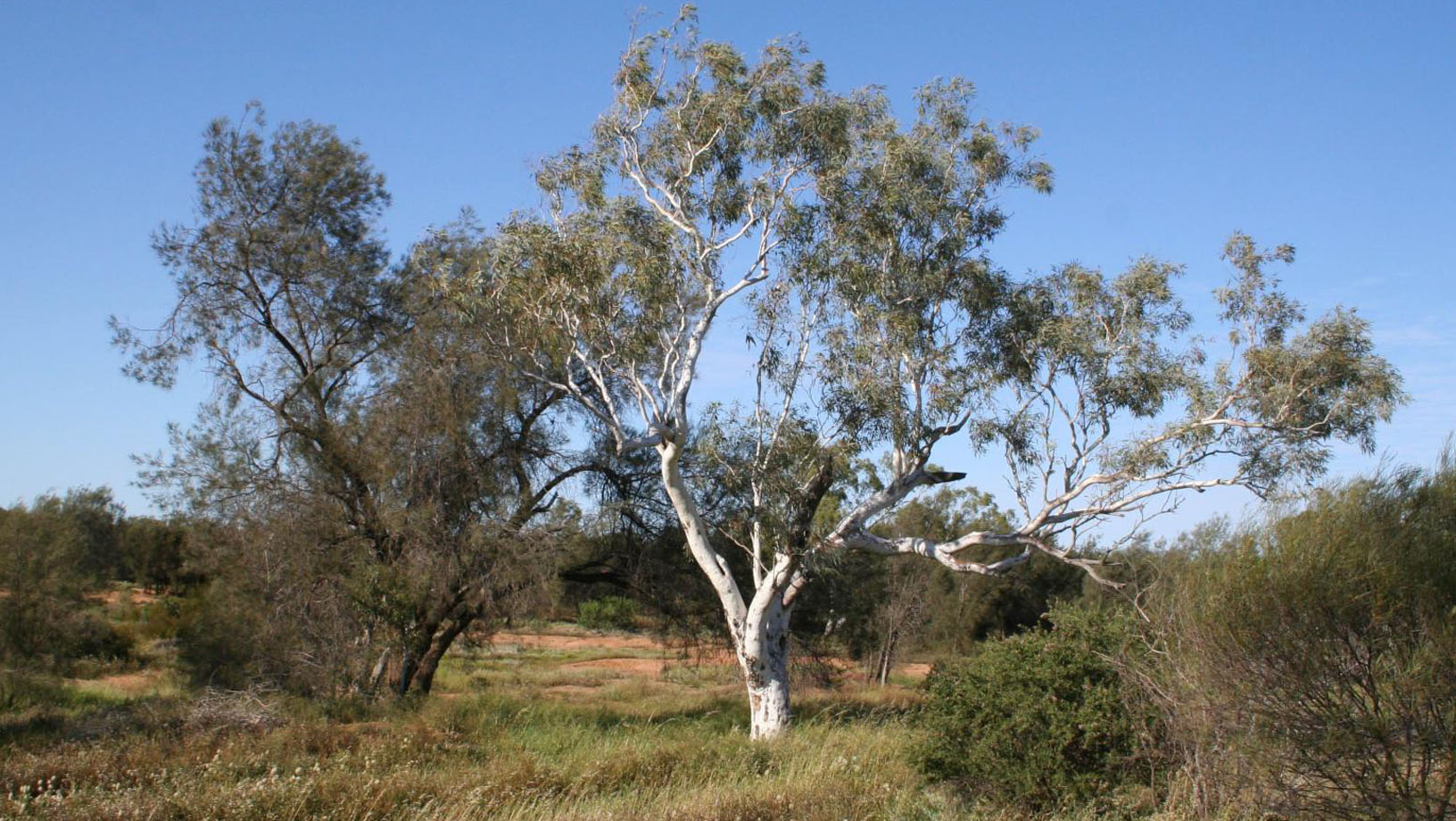
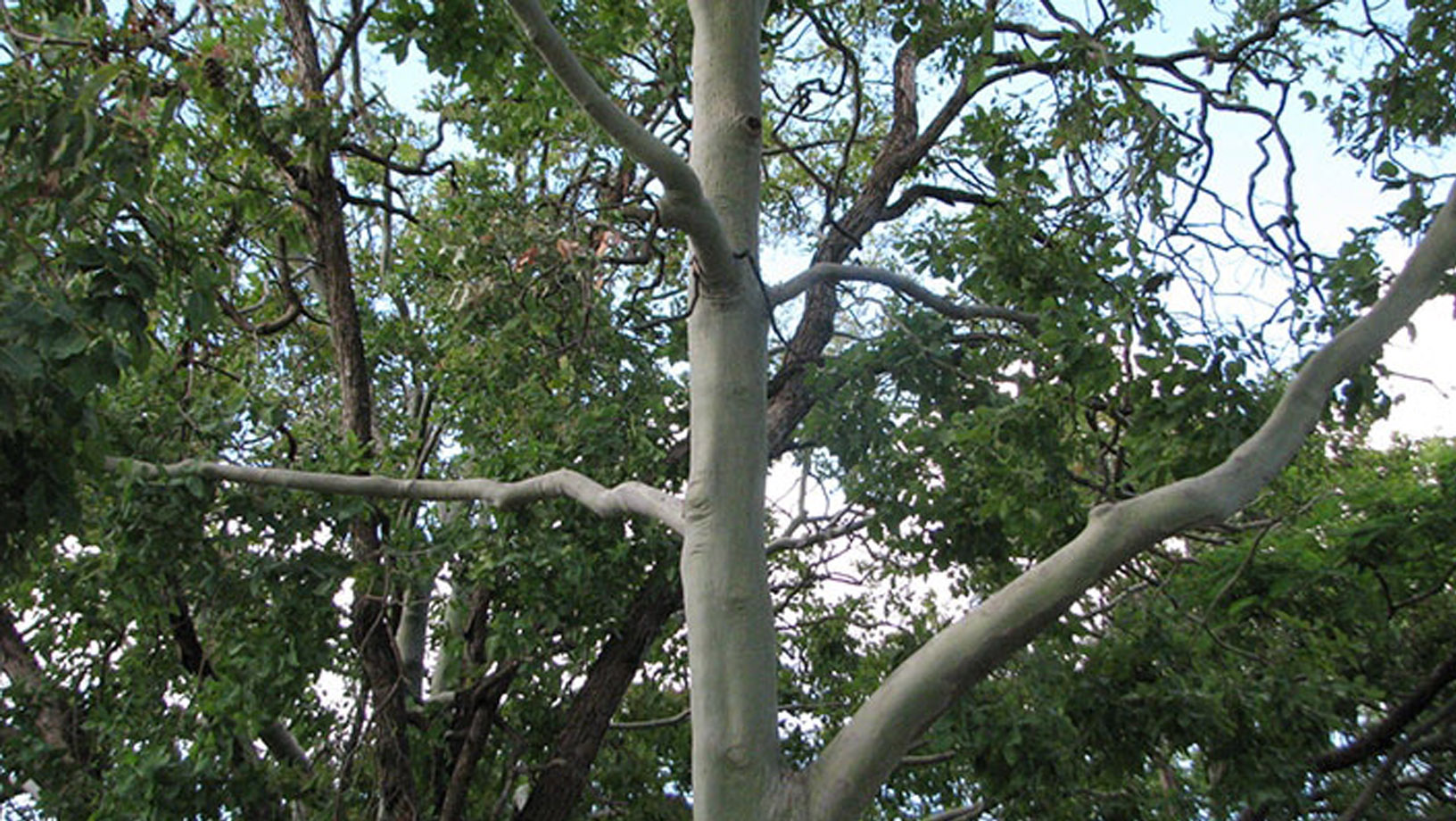
Rubber Cultivation is mainly for latex production though other benefit such as timber and carbon stored in the biomass are also of economic importance. Rubber fuelwood is very famous among household and rural industries. Number of rubber trees per ha is 550 under the spacing of 4 m x 4.5 m. As per the calculation average removal rate of rubber is 3000 ha/annum and average accumulated biomass per hectare at removal after economic age is 300 Mt/ha. Hence the average biomass availability from rubber industry is 900,000 Mt/year. From the available biomass 20% of average weight utilized as timber and balance 80% is used as fuel wood. This estimates around 720,000 Mt per annum.
Other than fuelwood species mentioned above there are species extensively used in plantations and different agroforestry systems. Mainly following SRCs are common in Sri Lanka planted mainly not for fuelwood production purpose but for other services.
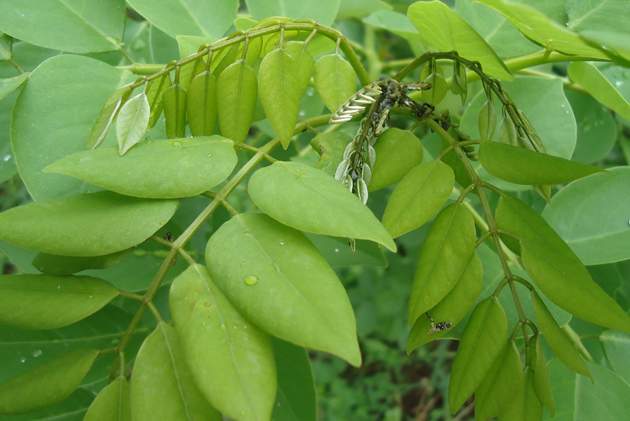
This tree is commonly known as many names such as Ginisiria, Ladappa, Wetama, Albisia and Nanchi Gliricidia is adapted to wide-ranging agro-climatic and soil conditions and could be cultivated all over Sri Lanka except in coastal areas, on mountain tops and in arid areas. Gliricidia sepium was found to be the most significant species which offer series of other complementary benefits as far as soil and environmental aspects are concerned. Glicidia sepium is historically grown as a boundary fence tree which does not require any special agronomic practices, care of pest control measures due to sum inherited genetic characteristics typical of it. It is a drought tolerant tree crop which has the capacity of absorbing nitrogen from the atmosphere with the least intake of soil nutrients while fixing nitrogen in to the soil. Gliricidia commonly grown as low shade in tea, support tree in pepper, vanilla and betel, fences, alleys with seasonal crops, SALTs and intercrop with Coconut.
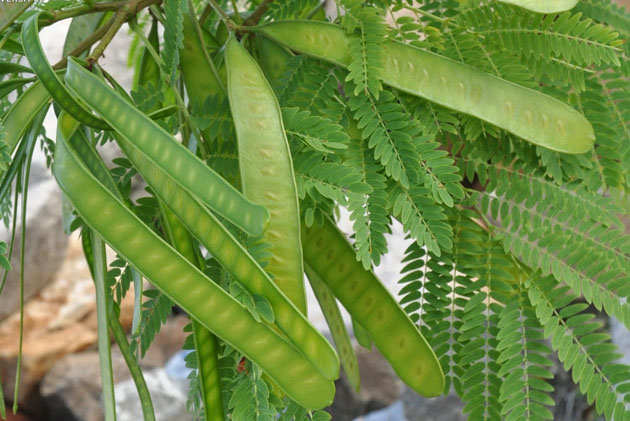
Main attributes of all tropical legumes, leucaena probably the widest assortment of uses. Through its many varieties, Leucaena can produce nutrias forage, firewood, timber and organic rich fertilizer. It’s divers use include re vegetating tropical hill slopes and providing windbreaks, firebreaks, shade, and ornamentation. Individual Leucaena tree have yielded extraordinary amounts of wood indeed among the highest annual total yield ever recorded (Firewood crops, National academy of sciences, 1980).
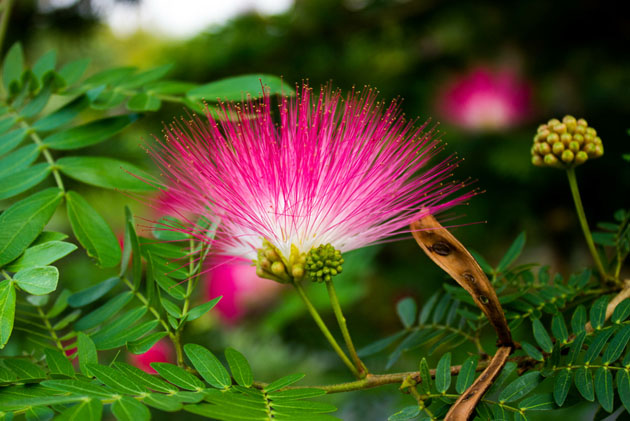
Caliandra is a good shade tree that uses as low shade in tea plantations, successfully uses in upcountry tea plantations where Gliricidia is not much success. Calliandra calothrysus is recommended for elevations upto 1500m. It, however, thrives well in elevation between 300-1300m.
Species with the potential for fuelwood production is available under different agro ecological regains in Sri Lanka. Fuelwood production potential and other characters were poorly recognized of those species. Many of candidate species abundant in different agro ecological regions and grow wild where poorly maintained home gardens, reservations and Chena lands. Some species are invasive creating ecological imbalance when it allows growing freely. Planned extraction of such invasive species creates economic benefits while removing threats to local species diversity. It is necessary to have comprehensive assessment of such species for maximum utilization of their potential. There are limitations in extraction and transportation of fuelwood species listed in the table under different regulations imposed by the government through different department. It is necessary to be identifying all such barriers to relax such regulations on species specific to maximum utilization of them.
Other than fuelwood species mentioned above there are species extensively used in plantations and different agroforestry systems. Mainly following SRCs are common in Sri Lanka planted mainly not for fuelwood production purpose but for other services.
| NO | BOTANICAL NAME | COMMON NAME | FUELWOOD RESOURCE |
|---|---|---|---|
| 1 | Maria Anders | Kenda | Whole tree |
| 2 | Thespesia populnea | Gansooriya | Whole tree |
| 3 | Canarium ovatum | Pilinut –Kekuna | Whole tree |
| 4 | Cassia spectabilis | Kaha kona | Lopped branches |
| 5 | Terminalia catappa | Kottamba | Whole tree |
| 6 | Cassia bacillaris | Wal ehela | Lopped branches |
| 7 | Pongamia pinnata | Magul Karanda | Lopped branches |
| 8 | Gmelina arborea | Eth demata | Whole tree |
| 9 | Prosopis juliflora | Katu andara | Whole tree |
| 10 | Clusia rosea | Gal goraka | Whole tree |
| 11 | Myroxylon balsamum | Kattakumanjal | Whole tree |
| 12 | Dillenia suffruticosa | Para | Whole tree or branches |
| 13 | Neolitsea cassia | Kudu Dawula | Whole tree |
| 14 | Bamboo spp | Bamboo | Whole Culm |
| 15 | Trema orientalis | Gadumba | Whole tree |
| NO | BOTANICAL NAME | COMMON NAME | FUELWOOD RESOURCE |
|---|---|---|---|
| 16 | Cinnamomum ceylanicum | Cinnamon | Sticks after bark peeled off |
| 17 | Alstonia macrophylla | Hawari Nuga | Whole tree |
| 18 | Khaya senegalensis | African mahogany | Branches |